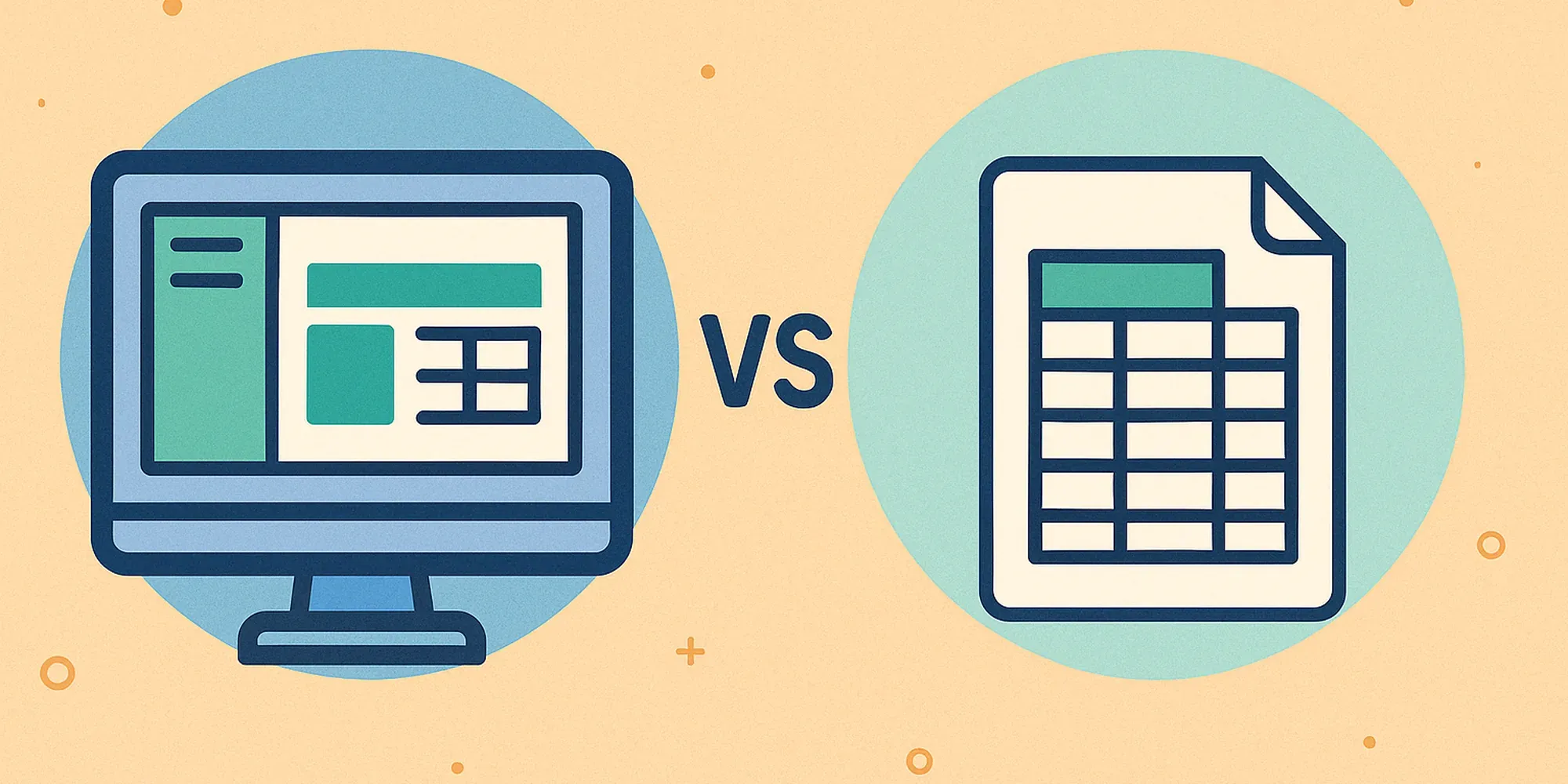Supply’d ERP vs Cin7: Which Platform is Built for Food Brands?

Cin7 is a name that comes up a lot when businesses start looking for inventory software. It’s powerful, feature-rich, and used by thousands of companies.
But if you’re a food brand, grocer, or manufacturer — you’ve probably felt this already:
Cin7 wasn’t built for your kind of business.
Sure, it can handle SKUs and warehousing. But once you introduce recipes, production runs, batch tracking, or real margin control — things start to fall apart, or require messy workarounds.
Where Cin7 starts to struggle
Cin7 covers a lot of ground, but it’s spread thin — built to be everything for everyone. That means:
- Complex setup and onboarding time
- Interfaces that feel more like a warehouse logistics tool
- No built-in recipe management or costed production stages
- Pricing and inventory logic that works better for finished goods than raw materials
- Limited margin visibility, especially when supplier prices change
It’s a system that expects your processes to fit it — not the other way around.
What Supply’d does differently
We built Supply’d while scaling our own food brand, so every feature solves a real problem we’ve faced firsthand.
Here’s what you get with Supply’d:
- Recipe management with real-time costing
Know your exact cost per unit at any time, based on current ingredient prices. - Multi-stage production planning
Break down processes into prep, make, and pack — not just assembly. - Live stock across B2B, POS, and eComm
Supply’d syncs inventory across every sales channel without a dozen plugins. - Promo pricing and tiered pricing tools
Schedule discounts and wholesale tiers with start/end dates. - Built-in compliance and batch tracking
No add-ons needed to trace ingredients or generate traceable labels.
It’s a platform made for the real-world complexity of food production and retail — not just for storing pallets in a warehouse.
Supply’d is for food businesses that want clarity, not complexity
Cin7 might work for general retail. But if your business involves ingredients, yields, shelf life, or production runs — you’re going to hit limitations fast.
Supply’d gives you the tools to scale your ops, control your margins, and make confident decisions — without the overhead or bloat.
Bottom line
If you’re choosing between Cin7 and Supply’d, the real question is:
Are you managing finished stock in boxes — or creating something people eat?
Because if it’s the latter, you need a system that’s actually built for it.

